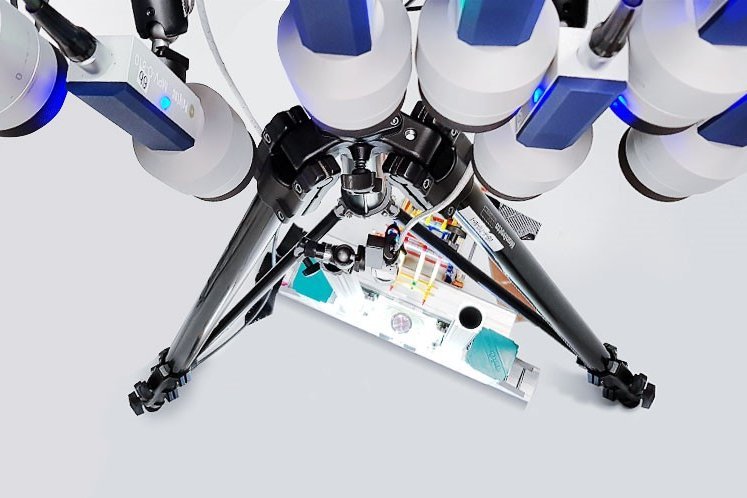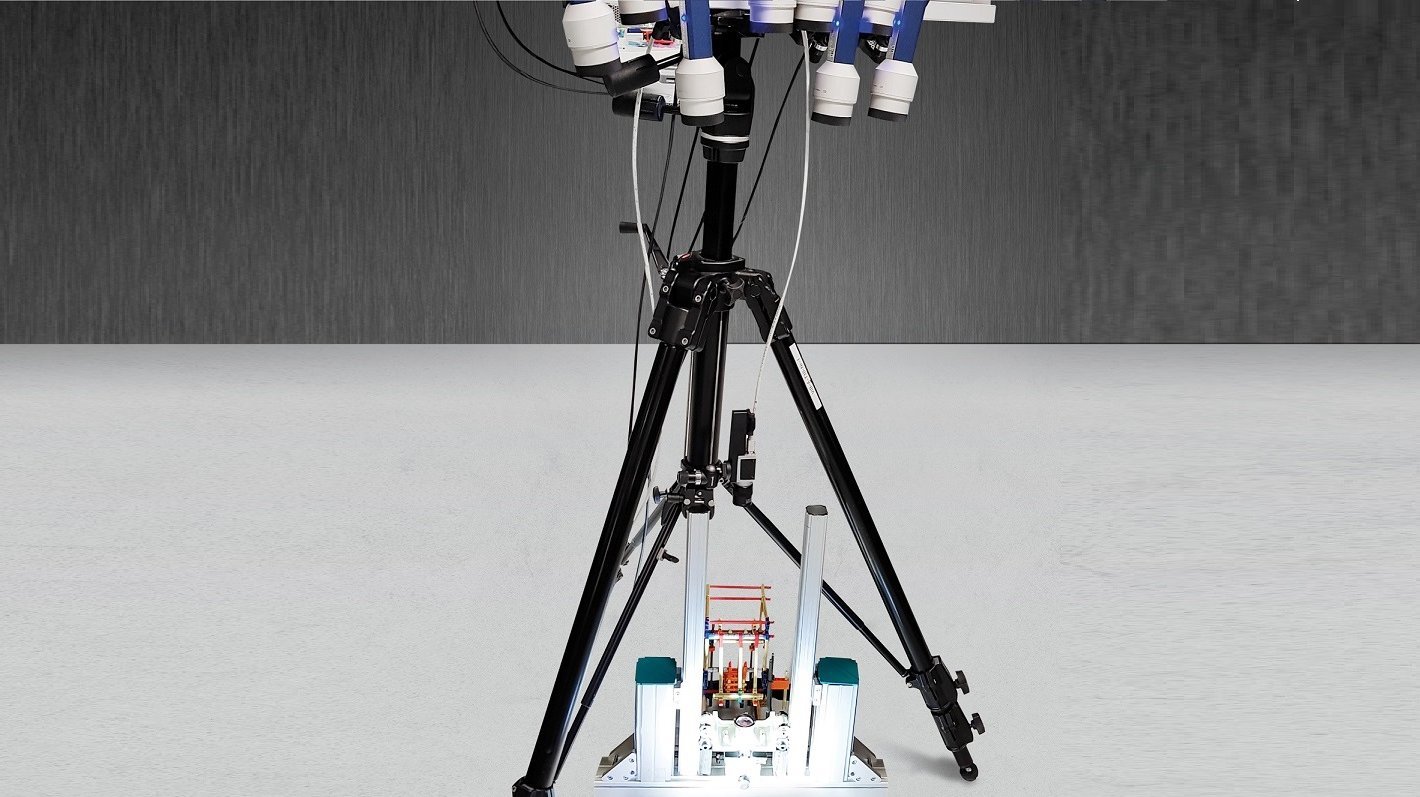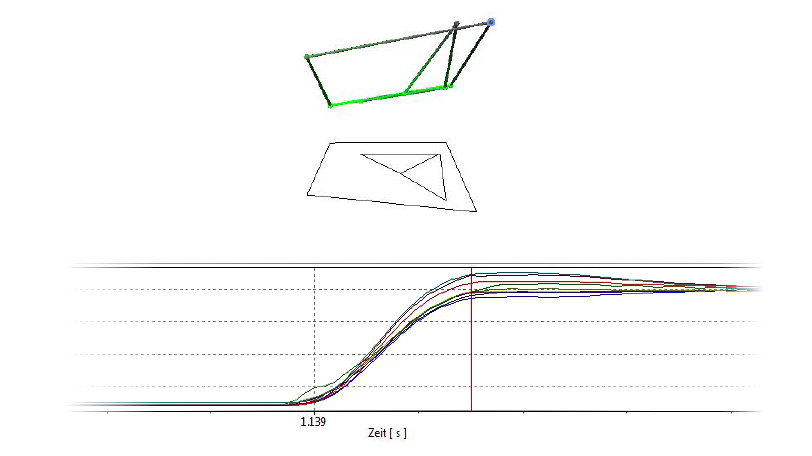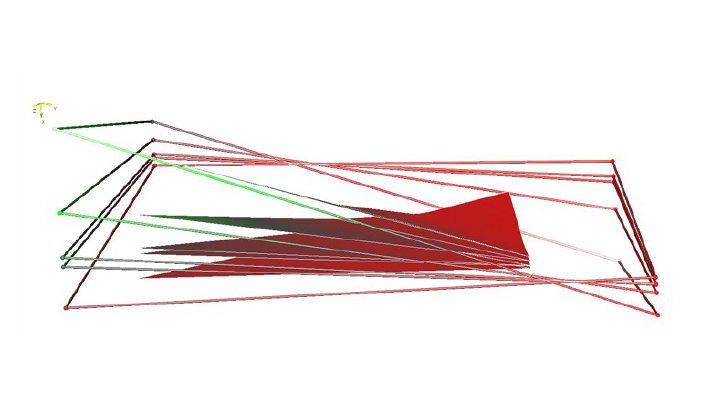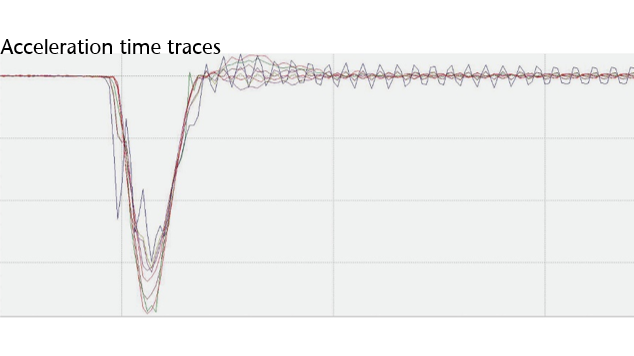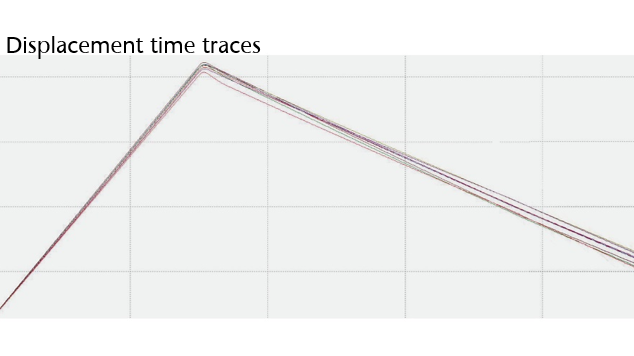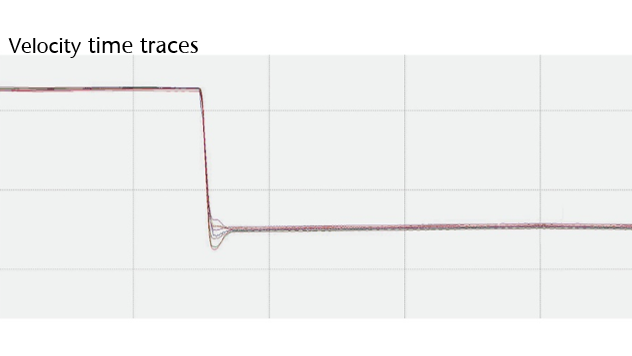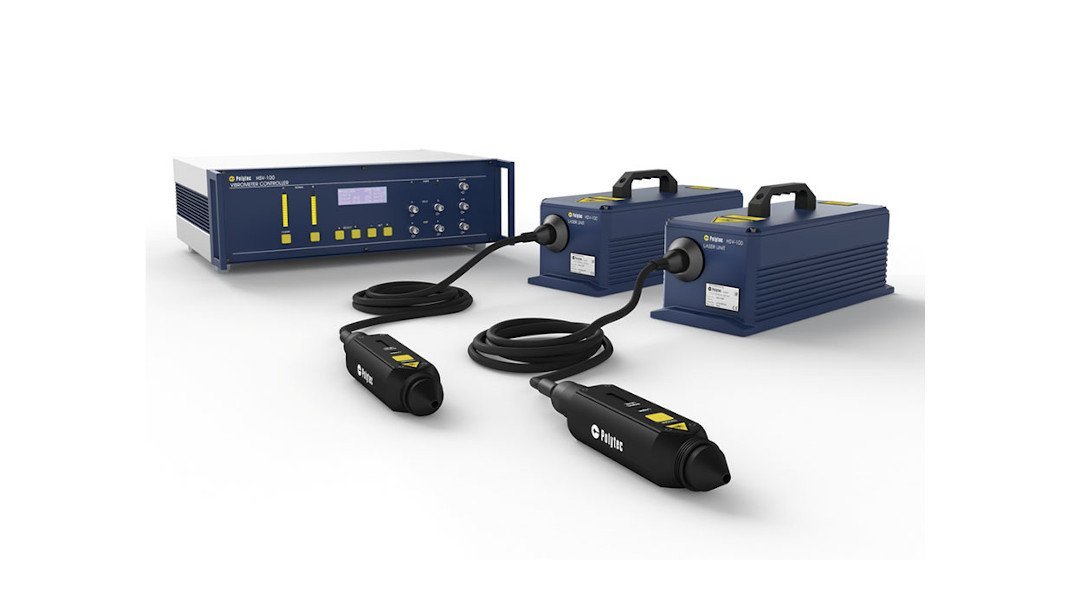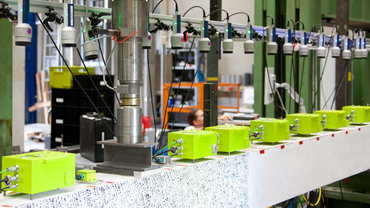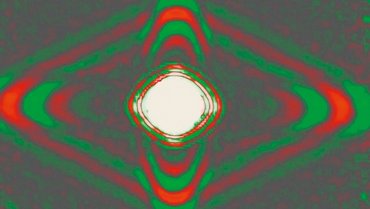Drop testing of precision mechanics
The main objective of drop testing is to analyze the dynamical behavior of sensitive structures during fall and impact. In a specific test, the test specimen of precision mechanics is represented by a watch case (pure watch with removed bracelet), measured during and right after the resulting impact of its free-fall on the ground. In particular, the goal in this drop test is to obtain the displacement, velocity and acceleration profiles for different points from different parts of the case.
MPV-800 Multipoint Vibrometer for door-slam testing
Synchronous optical vibrometry like possible using a MPV Multipoint Vibrometer enables non-contact and laser precise measurements of transient and time-critical events. See this sample measurement of a door-slam test, enabling engineers to analyze the operational deflection shapes resolved in both the time and frequency domain for optimizing acoustics.
